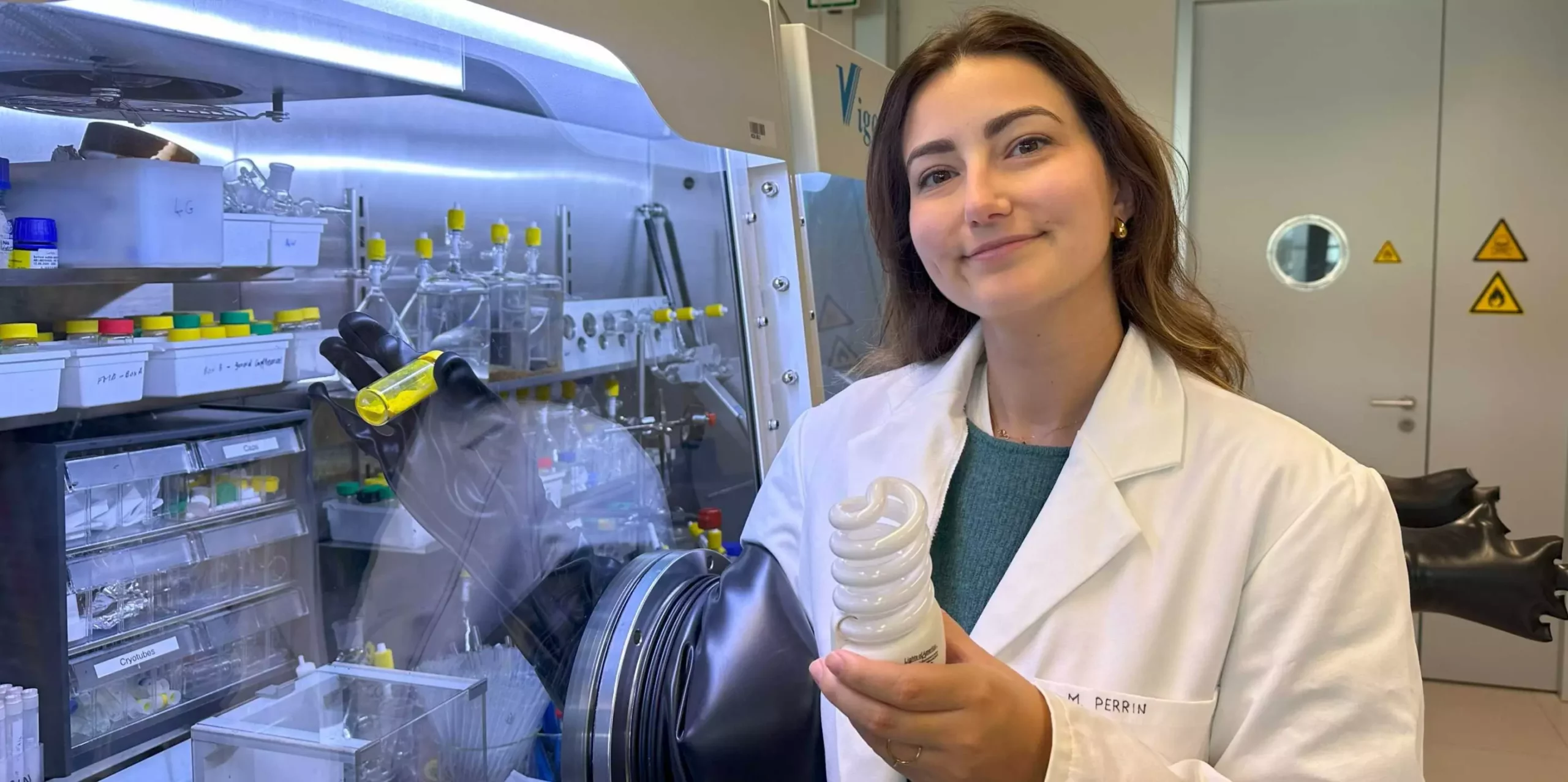Despite the term “rare,” rare earth metals are not particularly rare in terms of their availability in the Earth’s crust. Their significance, however, is anything but minimal. These 17 unique elements are the backbone of modern technological advancement, powering everything from smartphones and laptops to electric vehicle batteries and renewable energy systems. The global transition towards sustainable energy solutions relies heavily on these metals, underscoring their critical status in today’s economy. With Europe relying overwhelmingly on imports from China for its supply, the strategic importance of rare earth metals is heightened further, making it a topic of geopolitical concern.
The Challenges of Mining and Processing
The extraction of rare earth metals presents a complex array of challenges. Unlike traditional mining, these metals are not found in pure form; rather, they are chemically intermingled with other elements in natural ores. This complexity necessitates elaborate separation processes that are not just energy-intensive but also resource-draining. Current conventional methods often involve numerous chemical interventions, which adversely impact the environment, leading to significant ecological degradation.
Victor Mougel, a leading professor in inorganic chemistry, emphasizes the environmental cost of these methodologies. “The extraction and purification of these metals are not only expensive but severely harmful to our planet,” he points out. This stark reality compels the immediate need for innovative, sustainable practices that can alleviate the current dependency on ecologically harmful extraction techniques.
Pioneering Sustainable Solutions
A significant breakthrough in the sustainable extraction of rare earth metals has emerged from the collaborative research spearheaded by Professor Mougel’s team. The focus of their study, published in Nature Communications, revolves around the innovative separation of europium from more complex mixtures. This novel approach is inspired by natural biochemical processes, specifically involving tetrathiometallates, which offer a more efficient pathway to recovery.
Marie Perrin, a doctoral candidate involved in the research, introduces us to the fascinating world of these small inorganic molecules. Found in natural enzymes, tetrathiometallates possess unique redox properties that allow for the simple reduction of europium to its divalent state. This reduces the effort and energy required for separation, posing a significant improvement over existing methods that can involve hundreds of liquid-liquid extraction steps, rendering recycling both impractical and inefficient.
Recycling: The Untapped Goldmine
The potential for recycling rare earth metals is immense, yet remarkably underutilized. Electronic waste, often dismissed as mere refuse, is rich in valuable materials. Mougel suggests that by tapping into this largely ignored source, we can significantly reduce our reliance on imports. For instance, fluorescent lamps, which contain a wealth of europium and are often disposed of inadequately, could be transformed into an urban mine for essential resources.
Currently, a staggering 17 times higher concentration of rare earth metals exists in lamp waste compared to natural ore. With a recovery rate below one percent in the EU, it becomes clear that we are squandering an invaluable resource. This abrupt contrast between opportunity and practice highlights the urgent need for refined recycling methods that can reclaim these metals at the end of their life cycles.
Economic Viability and Environmental Impact
The research team’s focus on recycling instead of traditional extraction methods is not only more environmentally friendly but also economically sensible. This duality makes their approach appealing to both environmentalists and industry stakeholders. As the demand for europium fluctuates—especially with declining usage in fluorescent lamps—the need for sustainable separation methods becomes paramount.
Through their patented technology, the team is laying the groundwork for a start-up named REEcover, poised to revolutionize the rare earth industry. The vision expands beyond europium to other critical metals like neodymium and dysprosium, essential for magnetic applications. Such advancements could dramatically alter the landscape of rare earth metal recovery, pushing us closer to a sustainable future.
The sheer gravity of this initiative cannot be overstated. With the potential to change the way we think about waste and resources, the research led by Mougel and Perrin could serve as a model for similar advancements across various industries. As we stand on the brink of a technological revolution, the approach to rare earth metals is a critical component that could determine our ecological and economic trajectory for decades to come.
This endeavor advocates not only for scientific advancement but also for a paradigm shift in how society views recycling and resource recovery—a compelling narrative that intertwines innovation with responsibility.

